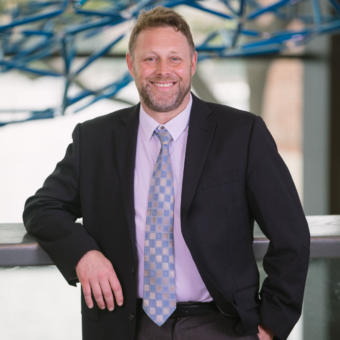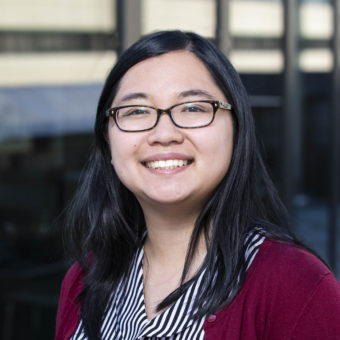Carbon Dioxide Removal (CDR) Technology Public Forums and Application to Governance Frameworks
Program Areas – Responsible Innovation, Sustainability, Science and Technology Policy, Complex Socio-technical Systems, Education and Engagement
Current climate projections suggest that traditional sustainability efforts alone will not be sufficient for achieving the international community’s ambition of staying below a 2°C increase in global temperature in the coming decades; as such, utilizing drastic, novel approaches may also be necessary for stabilizing the climate. Carbon dioxide removal (CDR) could be a key component of this greater suite of climate measures, encompassing a range of emerging climate technologies which address both the removal and long term storage of CO2 through biological and geochemical sinks, direct air capture, and associated storage solutions.
At this stage of the technology’s development, however, the social and policy dimensions of CDR research and potential deployment have not adequately been investigated despite high uncertainty, urgent decision stakes, and disputed values that necessitates societal engagement. There are upstream societal concerns involving what to research, midstream concerns about how and when to research, and downstream concerns about deploying the technology based on research outcomes. It is unclear at this time who would benefit and who would suffer from the deployment of such technologies, where they might be located, what their effects would be on surrounding populations, and what their impact would be to those already most vulnerable in society. The potential for social disruption and contestation surrounding CDR resource utilization magnifies the importance of exploring the social dimensions of such questions and how they could factor into the development of CDR governance frameworks.
Building upon a decade of public engagement experience through the ECAST network, this project will use inclusive, openly framed, and deliberative citizen forums to engage the public and other stakeholders on CDR interventions—with an emphasis on ocean-based approaches—and how they can be integrated into governance frameworks. Through workshops with key stakeholders and structured deliberations with hundreds of both American and Canadian citizens, the research team will gain important insights into how CDR research and governance can be responsive to public perspectives and concerns with an emphasis on equity and the role of geographic and demographic diversity in decision-making.
Project Objectives
The three-phase process of this research project is designed to determine informed publics’ perceptions of CDR and the implications that their perceptions have for CDR governance. At the core of our research design is the participatory technology assessment (pTA) method, a deliberative approach that involves lay citizens in science and technology decision making. This study is designed to apply the pTA approach as a form of public input into the governance of CDR. It will build upon prior and ongoing CDR related work on law and governance, CDR technology assessments, and social science research on public views. Importantly, this research project is one of the first cross-border public deliberations to be conducted on this topic, offering an opportunity to explore how different geopolitical, economic and cultural contexts influence the way people think about CDR and how it ought to be governed.
By working with citizens to develop a balanced framing of the profound questions raised by CDR research, this project seeks to help experts and decision makers benefit from the insights and priorities of the public. If successful, this project can serve as a model for informing governance of other types of emerging technologies and controversial research.
Funder
This project is supported in part through a generous grant from the Alfred P. Sloan Foundation (2022-9921) to Arizona State University for applying Participatory Technology Assessment (pTA) methodologies to better understand public perceptions of carbon dioxide removal (CDR) research and development in the US and Canada.
Partners
The Consortium for Science, Policy and Outcomes (CSPO) at Arizona State University
The Expert and Citizen Assessment of Science and Technology (ECAST) Network
Meet the Project Team
Principal Investigators
-

Mahmud Farooque
Associate Director, CSPO
-

Anna-Maria Hubert
Faculty of Law, University of Calgary
-

David Tomblin
Director, Science, Technology and Society Program, University of Maryland, College Park
-

David Sittenfeld
Director, Center for the Environment, Museum of Science, Boston
Additional Team Members
-

Amanda Borth
Associate Researcher, CSPO
-

Emily Hostetler
Project Manager, CSPO
-

Sara Winslow
Forum Education Associate
-

Jared Owens
Communication and Engagement Coordinator, CSPO
-

Jonathan Fanning
Educator, Museum of Science, Boston
-

Marianna Milkis-Edwards
Graduate Research Assistant
-

Kimberly Quach
Program Coordinator, CSPO-DC
-
Brandon Stoll
Graduate Research Assistant Intern